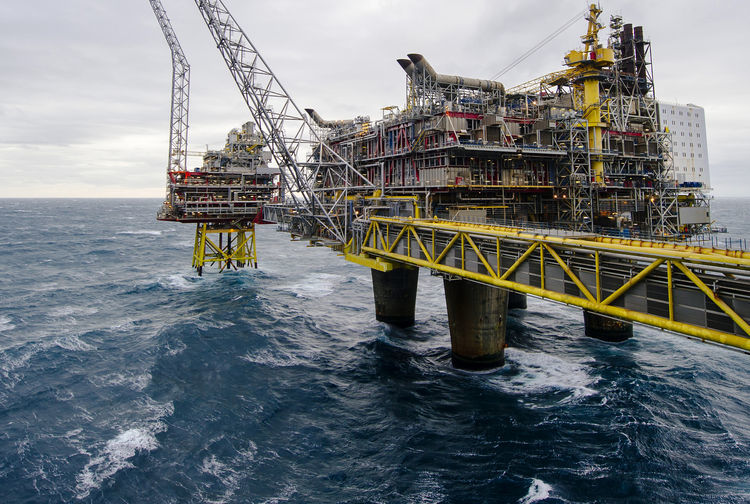
Norway’s financial regulator said that banks exposed to oil-industry losses face a rise in impairments that will erode profits as the full effect of the slump in crude prices runs its course.
“Norwegian banks can expect to see somewhat increased losses and reduced earnings,” Morten Baltzersen, director general of the Financial Supervisory Authority in Oslo, told Bloomberg. But banks won’t see “a dramatic impairment of their solvency,” he said.
Norwegian banks have doubled their loan losses over the past year, writing down 0.34 percent of gross loans at the end of June. At DNB ASA, Norway’s biggest bank, SpareBank 1 SR-Bank ASA and SpareBank 1 SMN aggregate loan losses rose almost three-fold over the same period, according to Moody’s.
Baltzersen said the FSA has “emphasized” to the banks it oversees the necessity of building adequate capital buffers to absorb losses on risky exposures. “The banks have increased their capital ratios in the last years” and as a result, “losses directly to the oil sector are expected to be manageable,” he said.
At DNB, Chief Executive Officer Rune Bjerke said in July the bank is “rebalancing” to reduce its exposure to shipping, commercial real estate and, “over time,” the offshore industry.
“However, in the event of a severe setback affecting the Norwegian economy on a broad front, the banks could suffer substantial losses across several parts of their loan books,” Baltzersen said. “This will be more challenging.”
Norwegian banks, which operate in western Europe’s biggest petroleum exporting nation, have been more exposed than most to the oil-market crash that started about two years ago. The most recent example came this month, when Moody’s said DNB faces principal losses through its exposure to Farstad Shipping ASA, an offshore service operator. The company has postponed debt payments to creditors as it works on a recovery plan. Danske Bank and Nordea are also exposed, according to Moody’s.
Though the worst is probably over, Norway’s banks haven’t quite reached the bottom of the cycle of oil-related losses yet, according to Aleksander Henskjold, an analyst at Moody’s.
“There is a tail that follows,” he said in an interview. “We don’t believe that banks are out of it. But we do expect the offshore sector and the offshore service vessel exposures to be challenged over the next couple of years as well.”
Even so, banks are now in a better position to tackle the losses after building up more regulatory capital. And though lenders with oil exposures tend to have lower return levels on equity than their competitors in the Nordic region, returns are still fairly high, at around 8-10 percent, said Nondas Nicolaides, an analyst at Moody’s.
“Banks have adjusted to the new era and reduced their dividend payments in order to retain capital and meet the regulatory minimums,” he said. “We see a lot of restructuring taking place, and most of the pain is being taken mostly by shareholders and unsecured creditors while banks, because they have collateral in hand, their negotiating power is stronger.”
Recommended for you
